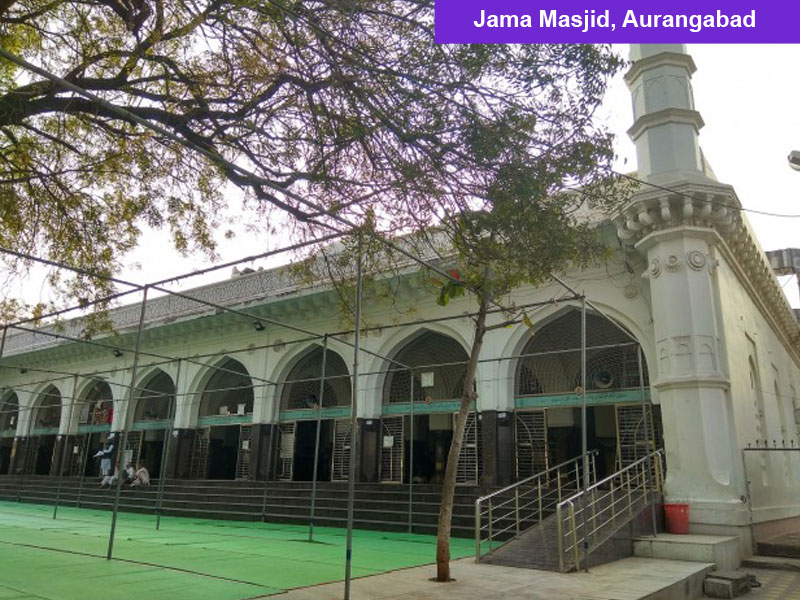
The Jama Masjid is a mosque built in 1612 AD, near the Killa Arrak in Aurangabad, Maharashtra, India. It is historically significant because it was constructed in 1612 AD, very soon after the foundation of Aurangabad (then called "Kharaki") by Malik Amber in 1610 AD. Aurangzeb later extended the mosque in the year 1692 AD, and it is one of the oldest mosques of Aurangabad, which is still in good condition. The mosque was constructed by Malik Amber in 1612 AD, once he found the city Kharaki in 1610 AD, and when Malik Ambar died in 1626 AD, and succeeded by his son Fateh Khan who changed the name of Khadki to "Fatehnagar". When Mughals captured Daulatabad in 1633 AD, the Nizam Shahi dominions, including Fatehnagar, fell under the possession of the Mughals. In 1653 AD, when Prince Aurangzeb was appointed the viceroy of the Deccan for the second time, he made Fatehnagar his capital and called it Aurangabad, and built the fort Killa Arrak near the mosque. Realizing the architectural values of the mosque, Aurangzeb extended the mosque by constructing four Arches in the front portion in 1692 AD. Amkhar (Public Hall) and Jama Masjid are the only structures that still remain in good condition among the magnificent fort.